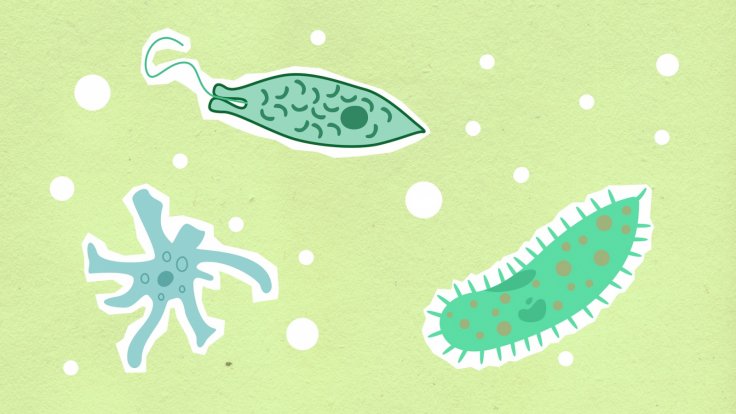A teenage boy died after being infected with a rare brain-eating amoeba, making this the "first confirmed fatality" of Naeglaria Fowleri (brain-eating amoeba).
The Southern Nevada Health District believes the male, under the age of 18, is likely to have exposed after visiting Lake Mead at the beginning of October. The Lake Mead Recreational Area Park Service, in a statement, said the boy may have contracted the infection while swimming in Lake Mead in the Kingman Wash area.
However, the boy exhibited symptoms of the infection a week after the exposure.
What is Brain-Eating Amoeba?
The Naeglaria Fowleri, commonly known as the brain-eating amoeba, is a single-celled living organism. It can cause a rare and fatal infection of the brain called primary amebic meningoencephalitis (PAM).

According to CDC, the brain-eating amoeba lives in soil and warm fresh water, such as lakes, rivers and hot springs. This parasite is called the "brain-eating amoeba" because it can cause brain infection when water containing the minute creature goes up the nose. It migrates to the brain along the olfactory nerve. Experts say signs and symptoms of Naeglaria Fowleri infection are similar to bacterial meningitis which initially lowers the chances of diagnosing PAM.
Symptoms show up within 12 days of exposure, but people succumb to it within 18 days of the infection. Some common symptoms include fever, severe frontal headache, nausea and vomiting. In the most severe cases, patients may experience hallucinations, stiff neck, altered mental status, seizures and coma.
Third Such Case
In the United States, this is the third fatal Naegleria fowleri infection for 2022, including a child in Nebraska who fell ill after swimming in a river and a Missouri man who contracted the infection at a beach.
While giving condolences to the family of the Nevada boy, Dr Fermin Leguen, the Southern Nevada District Health Officer reassured the public that this type of infection is an "extremely rare occurrence". Dr Maria Said, the U.S Public Health Service Officer, explained in a statement that the National Park Service will continue to allow recreational swimming at Lake Mead. She explained the decision took into account that the organism exists naturally and commonly in the environment, but the disease is extremely rare. "However, recreational water users should always assume there is a risk anytime they enter warm fresh water.

People are advised to take CDC recommended precautions like no jumping and diving into warm freshwater, and holding or clipping their nose shut when swimming, keeping head above water and avoiding submerging head in hot springs.









